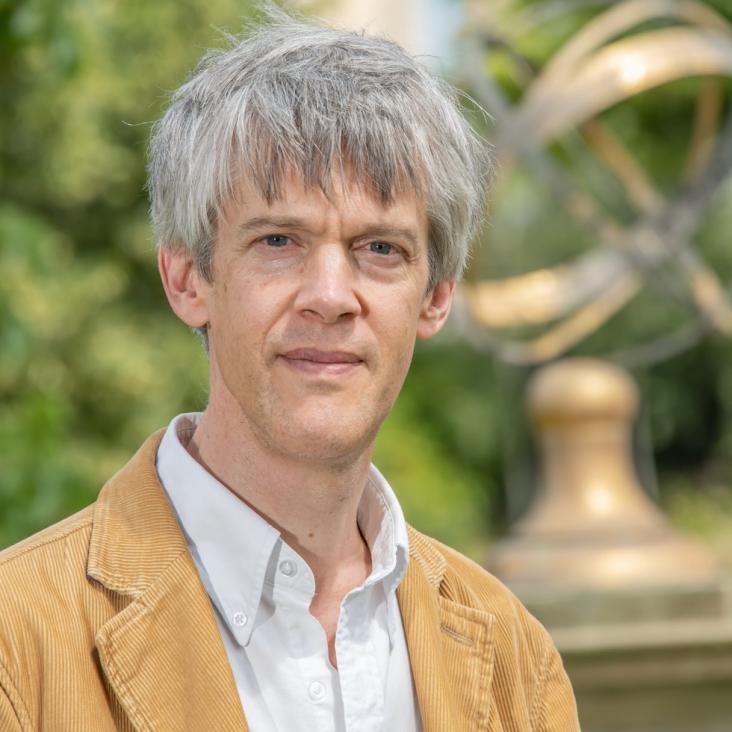Seasonal variations in the 14C content of tree rings: influences on radiocarbon calibration and single-year curve construction
Radiocarbon Cambridge University Press 61:1 (2018) 185-194
Abstract:
To examine the implications of seasonality for the construction of a single-year calibration curve we obtained separate dates on earlywood and latewood fractions of tree rings originating from England and dendrochronologically dated between AD 1352 and AD 1442. These demonstrated that an average difference of 26±15 yr exists between earlywood and latewood and that this difference can be as high as 33±19 yr during periods of high radiocarbon (14C) production. It is argued that this difference is due to both changes in atmospheric 14C and the incorporation of stored carbohydrates into earlywood. Based on this, it was possible to separate an atmospheric and physiological contribution to this difference. Our modeling indicates that storage can produce a difference of up to 10 years between earlywood and latewood. This suggests that full-year tree rings from deciduous trees may be less appropriate for the construction of a single-year calibration curve and that specific atmospheric events can be more easily detected by measuring only latewood.Using δ 2 H in human bone collagen to correct for freshwater 14 C reservoir offsets: a pilot study from Shamanka II, Lake Baikal, southern Siberia
Radiocarbon Cambridge University Press 60:5 (2018) 1521-1532
Abstract:
There is increasing awareness of the need to correct for freshwater as well as marine reservoir effects when undertaking radiocarbon (14C) dating of human remains. Here, we explore the use of stable hydrogen isotopes (δ2H), alongside the more commonly used stable carbon (δ13C) and nitrogen isotopes (δ15N), for correcting 14C freshwater reservoir offsets in 10 paired human-faunal dates from graves at the prehistoric cemetery of Shamanka II, Lake Baikal, southern Siberia. Excluding one individual showing no offset, the average human-faunal offset was 515±175 14C yr. Linear regression models demonstrate a strong positive correlation between δ15N and δ2H ratios, supporting the use of δ2H as a proxy for trophic level. Both isotopes show moderate but significant correlations (r2 ~ 0.45, p < 0.05) with 14C offsets (while δ13C on its own does not), though δ2H performs marginally better. A regression model using all three stable isotopes to predict 14C offsets accounts for approximately 65% of the variation in the latter (r2=0.651, p=0.025), with both δ13C and δ2H, but not δ15N, contributing significantly. The results suggest that δ2H may be a useful proxy for freshwater reservoir corrections, though further work is needed.New radiocarbon dating and demographic insights into San Juan ante Portam Latinam, a possible Late Neolithic war grave in North‐Central Iberia
American Journal of Physical Anthropology Wiley 166:3 (2018) 760-771
Abstract:
Assembling the Dead, Gathering the Living: Radiocarbon Dating and Bayesian Modelling for Copper Age Valencina de la Concepción (Seville, Spain)
Journal of World Prehistory Springer Nature 31:2 (2018) 179-313
Fluctuating radiocarbon offsets observed in the southern Levant and implications for archaeological chronology debates
Proceedings of the National Academy of Sciences National Academy of Sciences (2018)


